Satin Finish Vs Semigloss: What’s the difference?
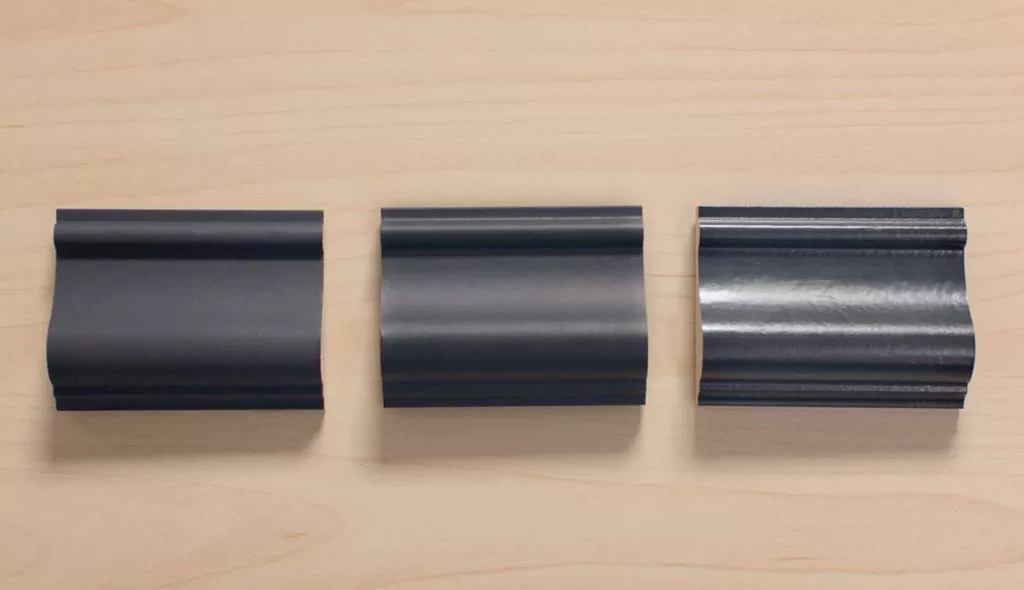
Whether you’re wondering about satin finish vs semigloss because you’re choosing a wall paint, a cabinet enamel or a polyurethane, you’ve come to the right place.
Choosing the right paint finish for your interior walls, cabinets, doors, and trim can significantly impact not just the look of a room, but how well your paint holds up there, too.
Among the various options available, satin finish and semigloss finish are two popular choices, but each has different applications and creates a different aesthetic.
Here, we’ll explore the differences between satin finish and semigloss finish and help you determine which will work best for your space.
Satin Finish Vs. Semigloss: What’s the difference?

Understanding the differences between satin finish and semigloss finish is essential in selecting the right paint for your interior surfaces. But first, let’s look at paint sheens in general.
Paint usually comes in five or six sheen levels, which range from flat (paint with no shine) to high-gloss (the most reflective, shiny paint you can buy). From most to least shiny, paint sheens usually go:
- High gloss
- Semi gloss
- Satin
- Egghell
- Matte
- Flat
Not all paint brands offer all six of these sheens. Some only offer four or five, and consider flat/matte, and eggshell/satin to be the same.
As I mentioned, paint sheen is both an aesthetic choice, and a functional one. Not only does shiny paint look more dramatic and glamorous, but the shinier paints are also more wipeable than a flat or matte paint, which makes them better suited for high-touch areas like doors and cabinets.
The exception is high-gloss paint. While it’s extra shiny, it also tends to show fingerprints and smudges the easiest, and wiping it too much can take away some of the sheen. High gloss paint is usually a choice that’s made for looks.
All that said, you can see that satin paint sits in the middle of the sheen scale. It’s not too shiny, or too flat. It offers a velvety finish with a subtle shine that makes it ideal for doors, trim work, bookshelves, cabinets, and kids room/kitchen walls. It’s more wipeable than a flat or eggshell paint, but the sheen also isn’t super noticeable so doesn’t make as much of an impact on the look of the room as something like a high-gloss paint would.
All this versatility makes satin the most popular paint sheen choice. If you can’t decided on a paint sheen and you choose satin, there’s a 90% chance it’ll work out for you.
A semigloss finish, on the other hand, provides a higher level of sheen and durability, making it suitable for areas that require increased resistance to moisture and frequent cleaning. It’s a good choice for steamy bathrooms, baseboards, exterior doors, and window trim.
The look of semigloss paint is also more dramatic, which makes it good for highlighting architectural features.
Is Satin Shinier Than Semigloss?
One of the most common misconceptions is that satin finish is shinier than semigloss. However, the reality is the opposite.
Satin finish typically has a subtle sheen that falls between flat/matte and semigloss, giving it a soft, velvety appearance. On the other hand, semigloss finish has a higher sheen level and offers a more pronounced shine, providing a glossy and reflective surface.
Should Interior Doors and Trim Be Satin or Semigloss?
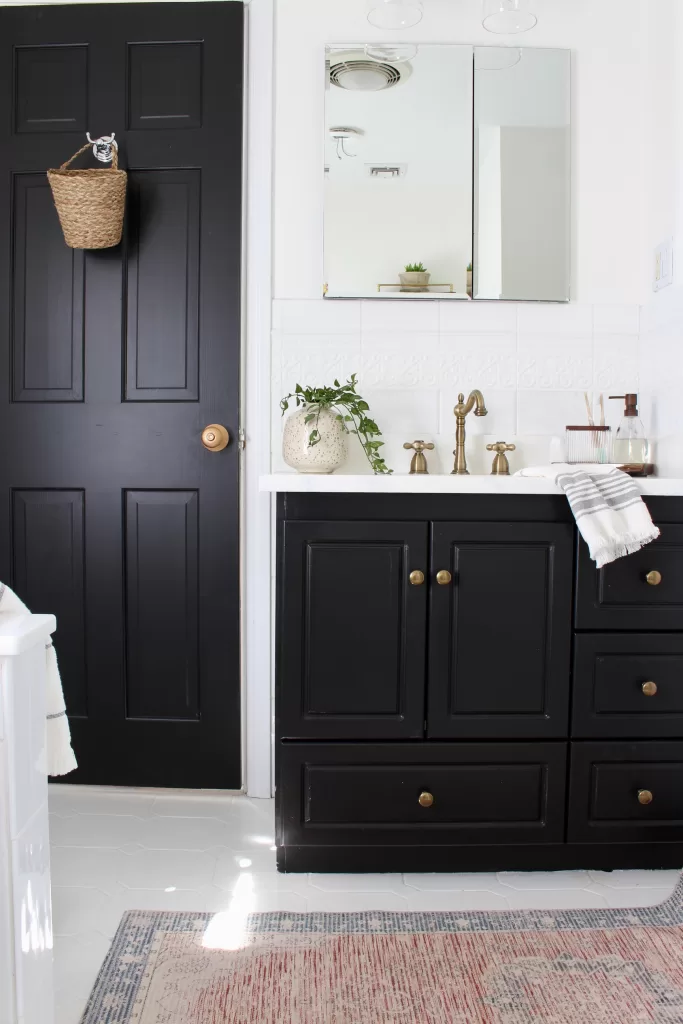
When it comes to doors and trim, the choice between satin finish vs. semigloss finish depends on the desired aesthetic and practical considerations. Satin finish is often preferred for interior doors and trim as it strikes a balance between elegance and durability.
It offers a smooth and sophisticated look while being more forgiving in terms of hiding imperfections compared to semigloss. Satin finish is also less prone to showing brush or roller marks, making it easier to achieve a flawless finish.
Personally, I love satin for doors and walls, paired with semi-gloss trim and baseboards. I think the semi-gloss helps to highlight the trim work a little better. But, that’s purely an aesthetic choice, and either works just fine.
Where Should You Use Semigloss Paint?
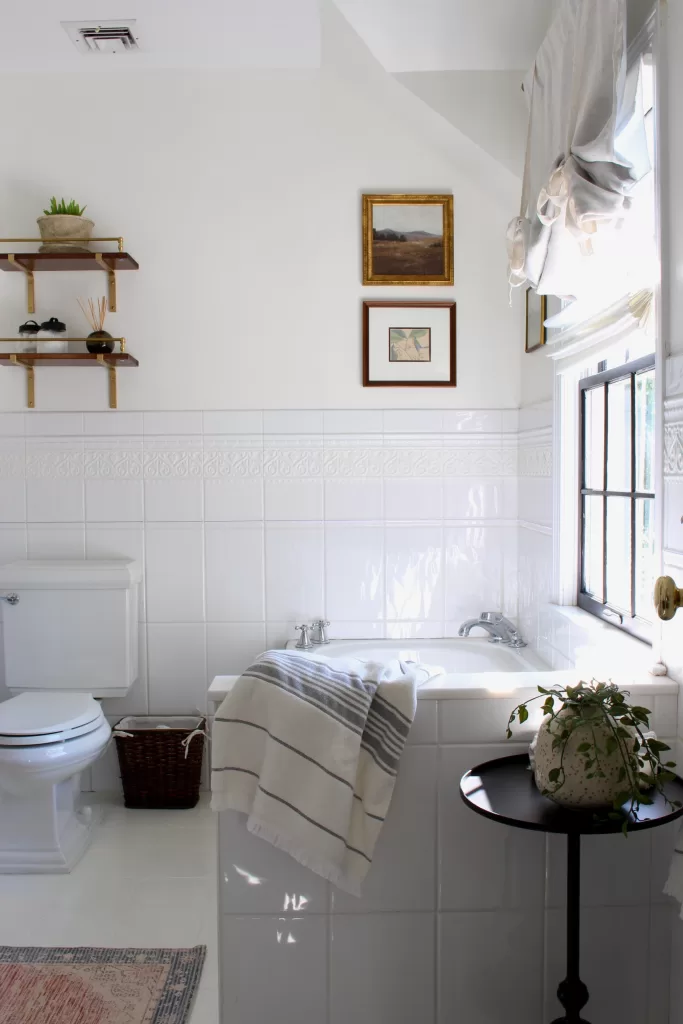
Semigloss paint is an especially excellent choice for bathrooms, since it’s moisture resistant. It’s also an ideal finish for high-traffic areas such as kitchen cabinets and mudrooms.
The higher sheen level of semigloss makes it more resistant to moisture and easier to wipe clean, making it suitable for surfaces exposed to splashes, spills, or fingerprints. It is worth noting that semigloss finish tends to highlight surface imperfections, so proper preparation and smoothing of the substrate are crucial before application.
Where Should You Use Satin Paint?
Satin paint is versatile and can be used in a variety of spaces throughout your home. Its smooth and subtle sheen adds a touch of sophistication to walls, making it an excellent choice for living rooms, bedrooms, and dining areas.
Satin finish is particularly suitable for surfaces that may require occasional cleaning, such as walls in children’s rooms or busy areas where scuff marks may occur. It provides an elegant appearance while still being relatively easy to maintain. Satin finish is also a popular choice for ceilings as it adds a soft glow without being overly reflective.

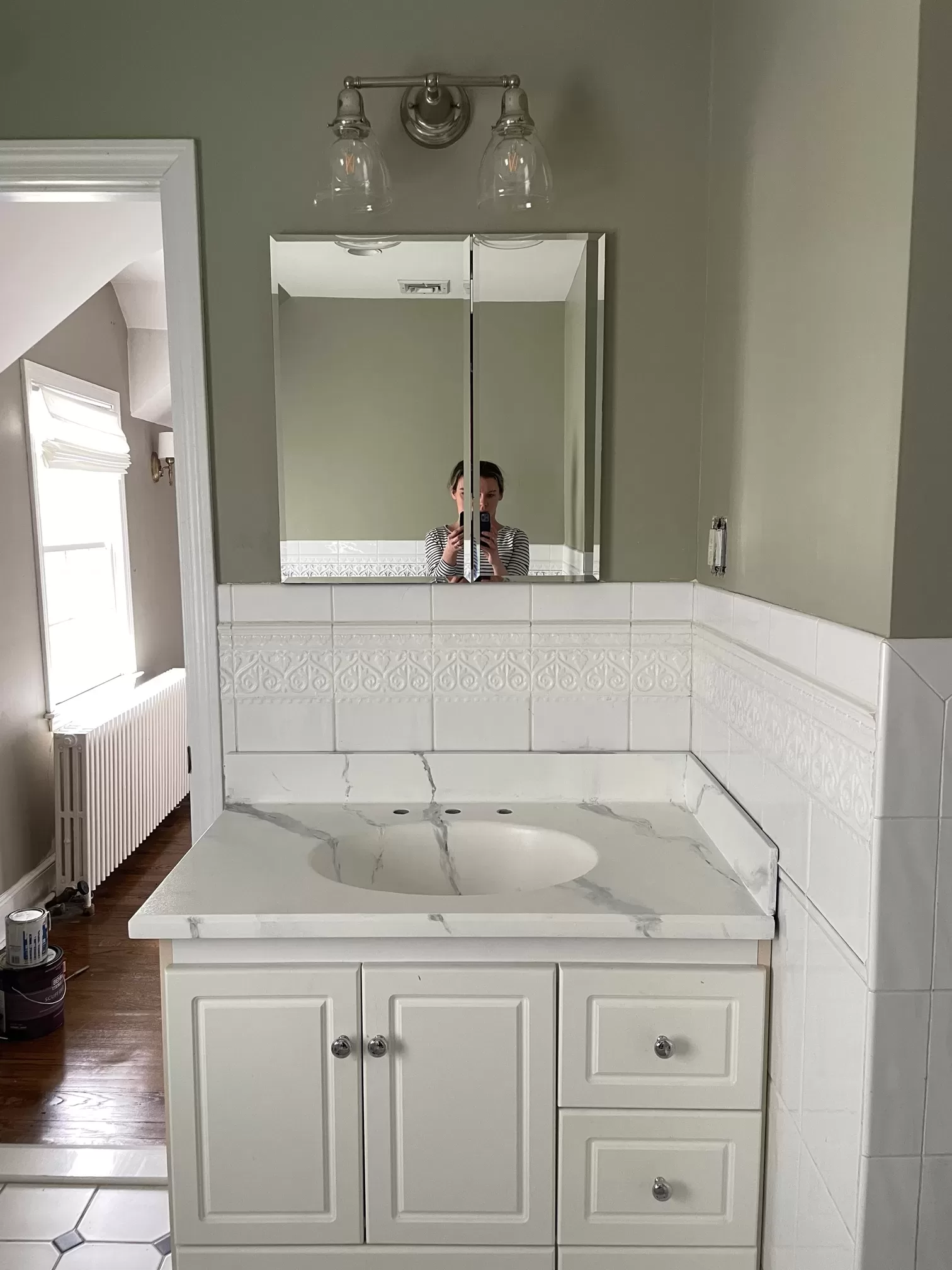
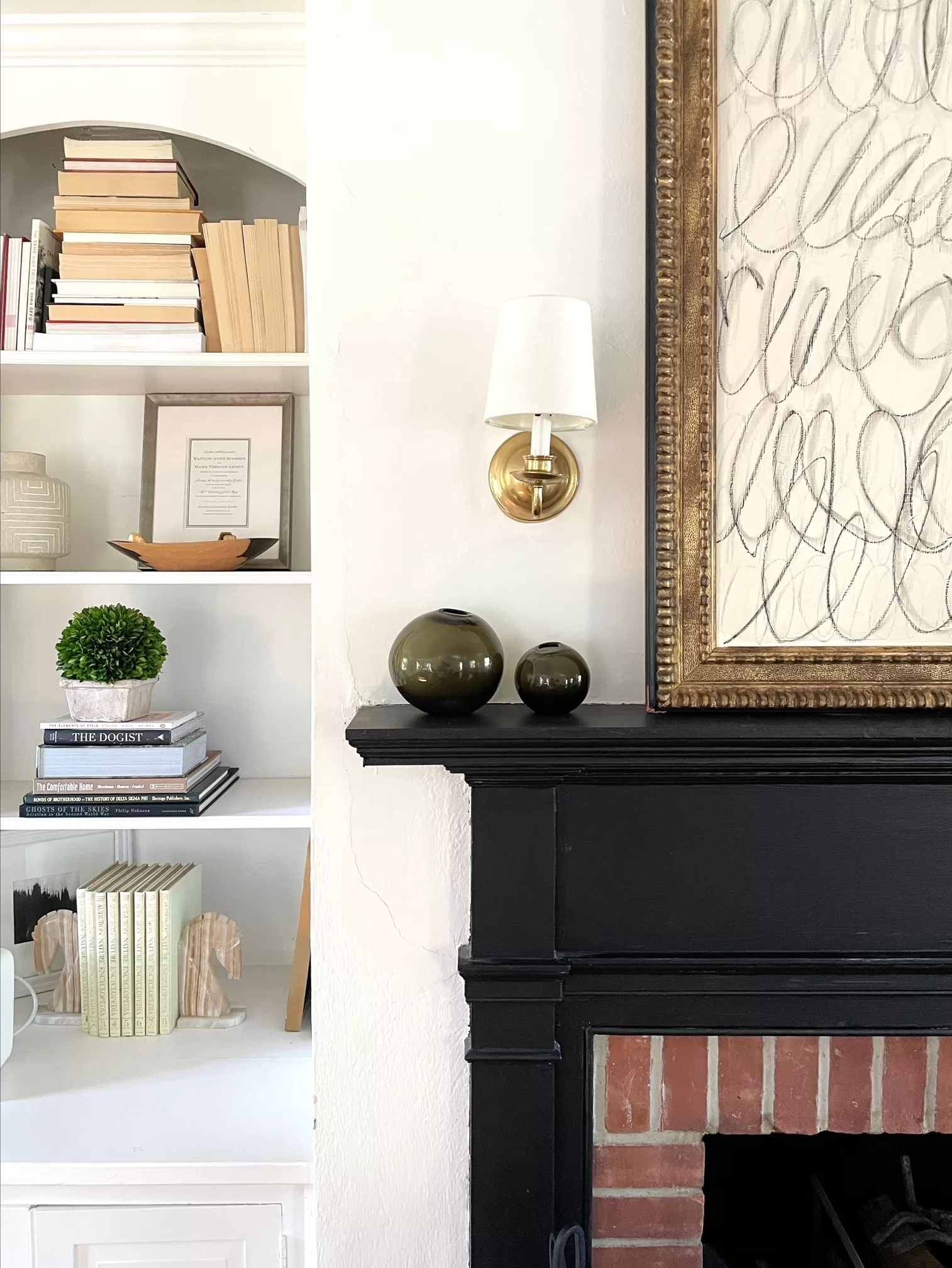
![Should You Paint Tile Floors? [ORC Week 5]](https://kaitlinmadden.com/wp-content/uploads/2023/06/bathroom-remodel-2-can-po-paint-tile-flooors-scaled-webp.webp)
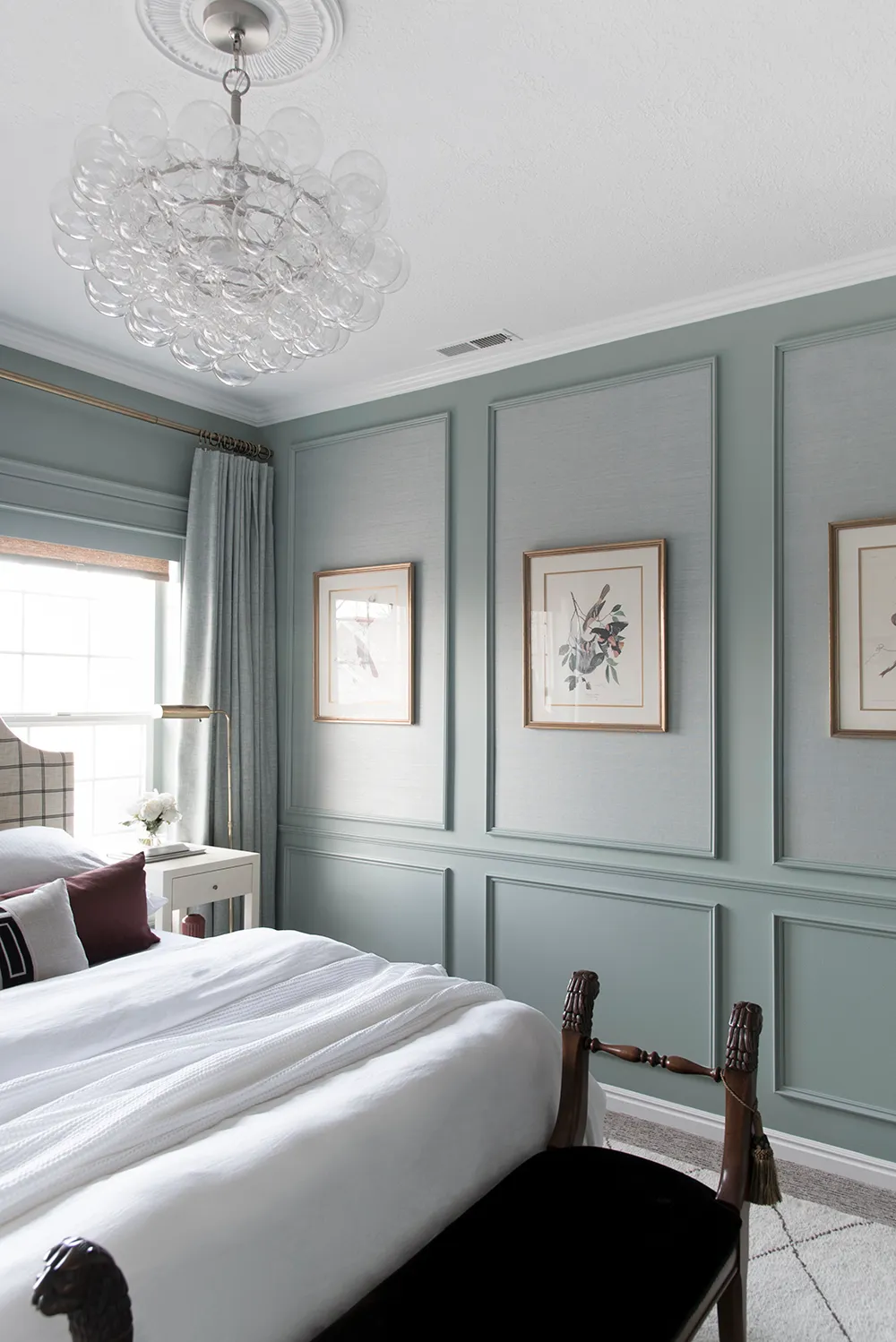

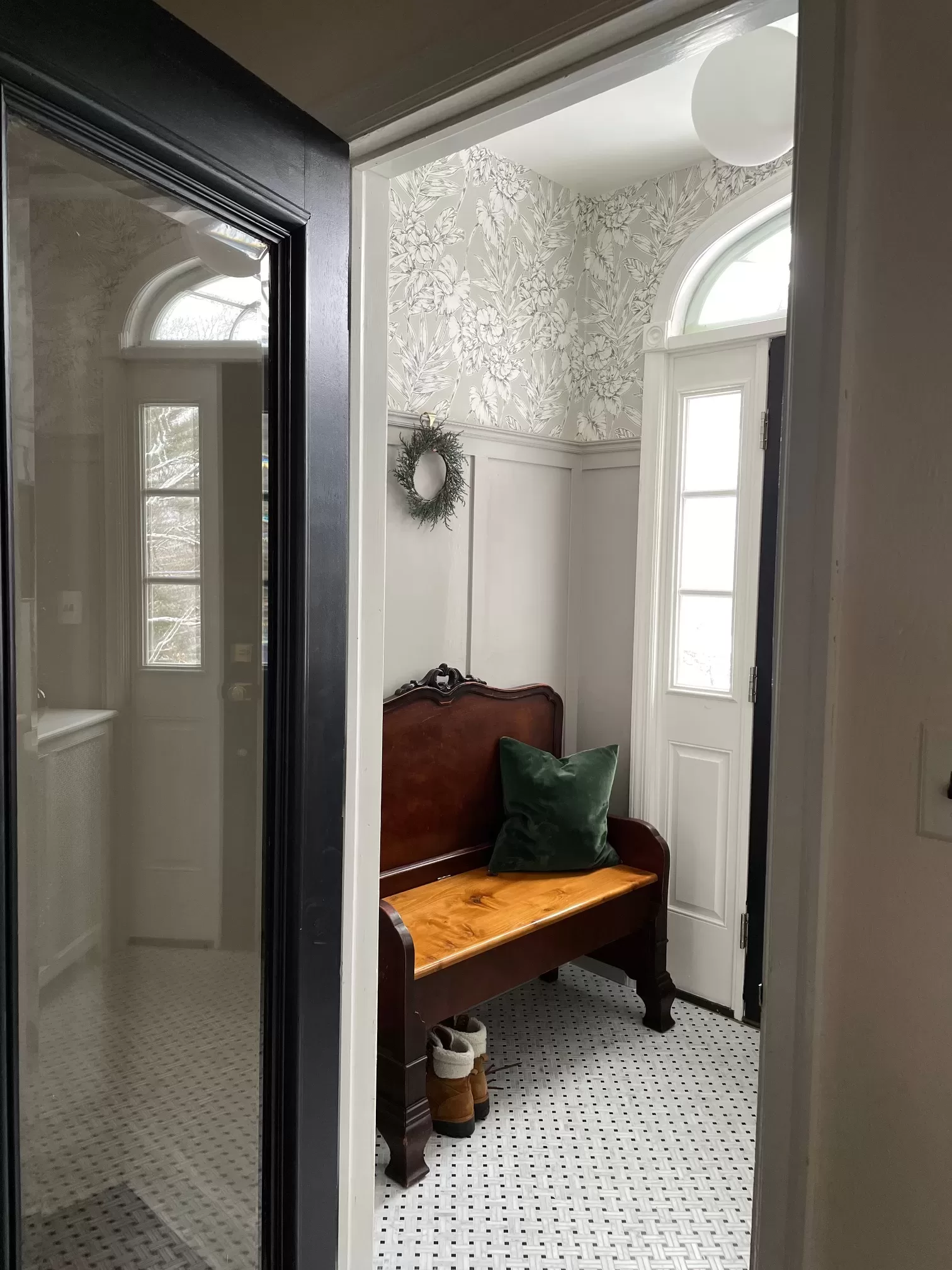
4 Comments